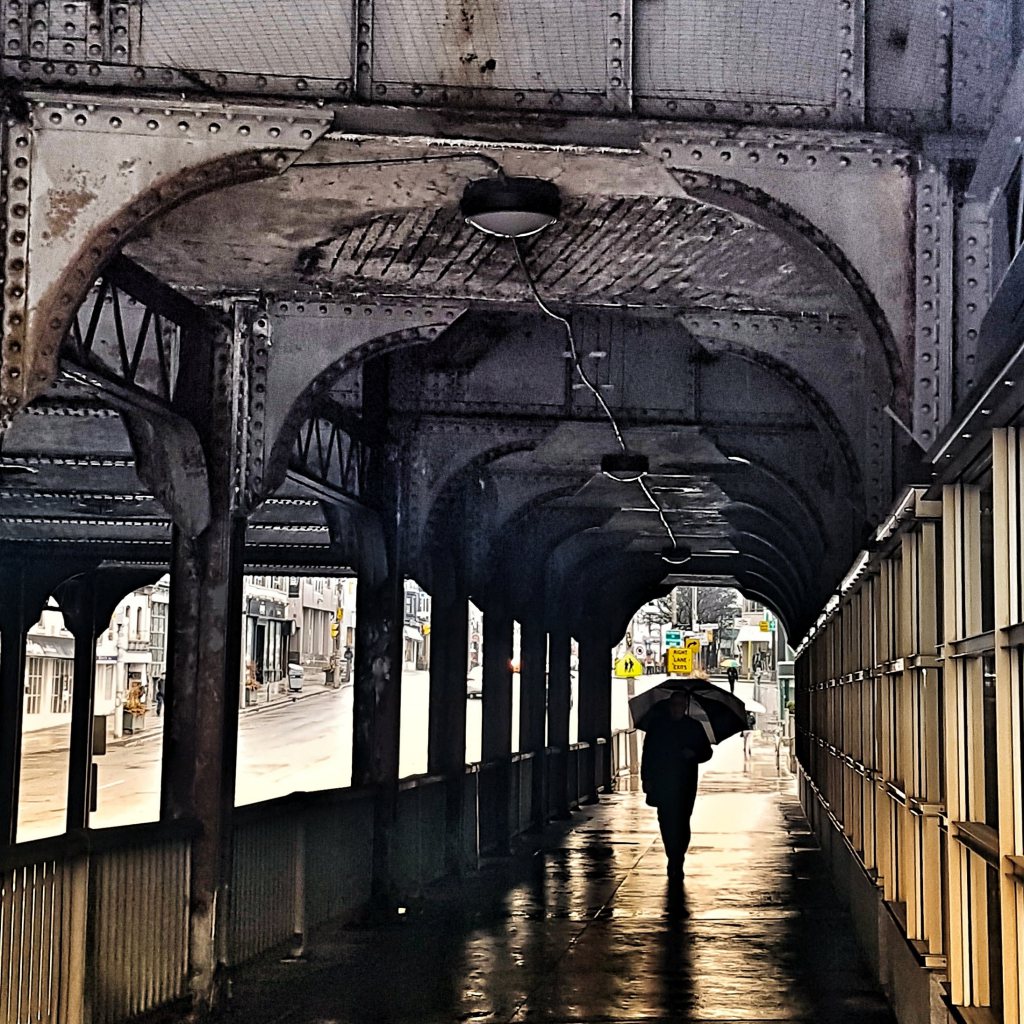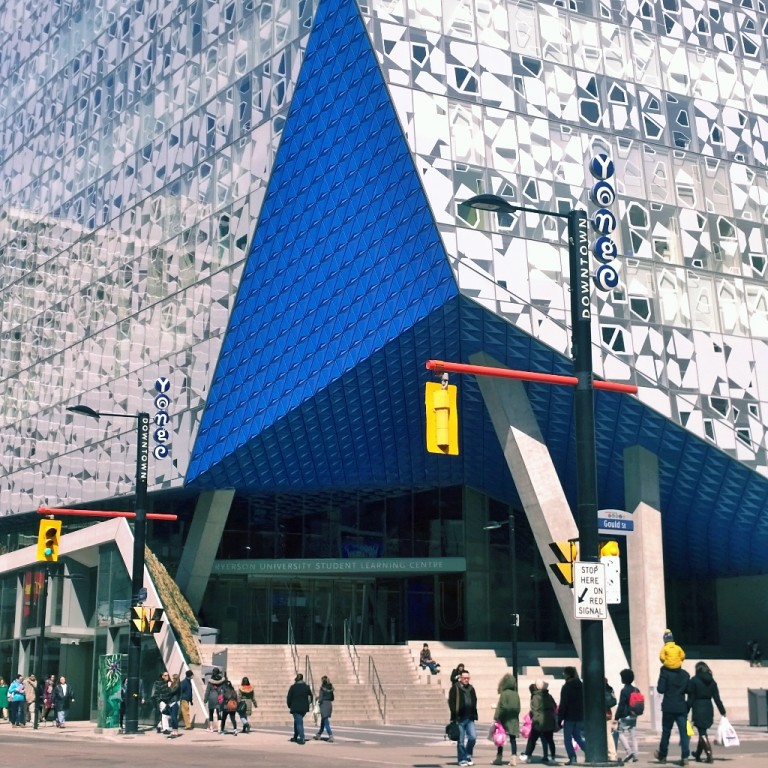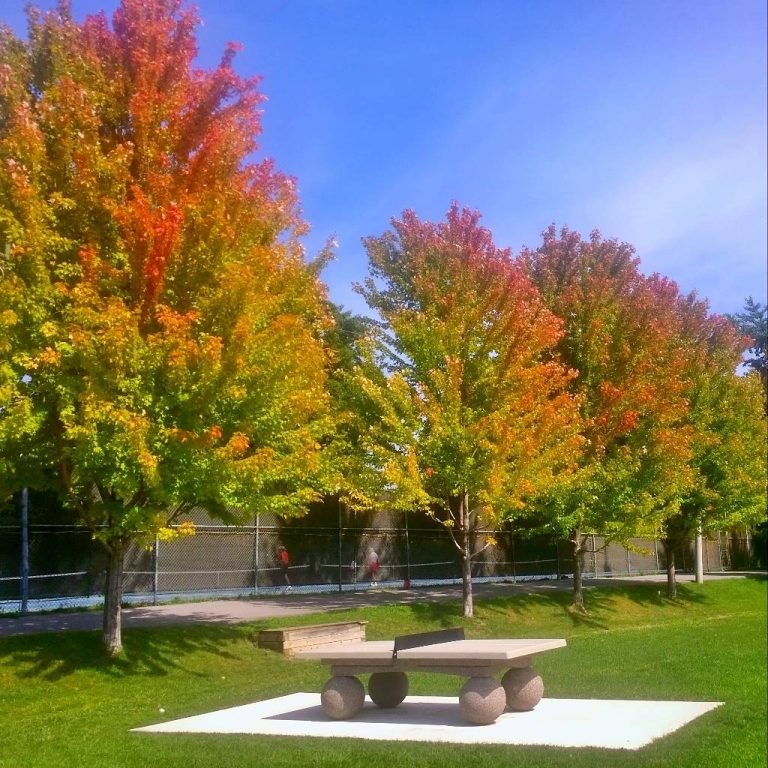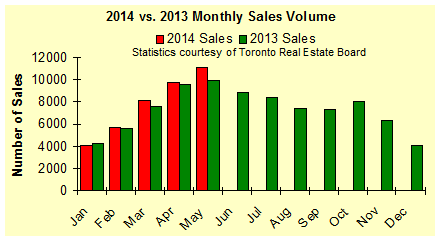Toronto Income Property Newsletter – May 2018

We are now four months into the new year and it is quite clear that the downtown Toronto real estate market is still as strong and robust as ever. While properties outside of the core and into the 905 have dropped significantly, the top neighbourhoods of Toronto are still very much in high demand.
There have also been fewer than average income properties for sale this year. I have seen some silly prices that don’t make any sort of financial sense as people scramble to become landlords. Remember that the price you pay for an investment property should be reflected by that property’s rent roll and bottom line return.
The Leafs are out and TFC didn’t quite make it all the way, buy we still have the Raptors in the playoffs so best of luck to them against big bad Lebron.
- P.A.
Landlord Spring Checklist
After a long cold winter, it is prudent for landlords to take advantage of the warmer weather to make sure their investment property is in tip-top shape.
Here is a list of maintenance items that I recommend you, as a landlord, should consider:
1. Check your eavestrough for any areas that are plugged with debris from the long winter. Look for any places that are cracked and leaking. Also, make sure that downspouts are properly draining away from the house.
2. Look at your roof shingles from the safety of the ground. Inspect the roof as best you can to see if any shingles were lost during the winter.
3. Examine any outdoor hose faucets for winter damage by turning the water on and letting it run for a few minutes. If you aren’t getting much water, there could be damage to pipes inside.
4. Inspect any wood, wood trim, shutters and so forth on the exterior of the rental property to see if there is any wood rot. In Toronto, we have termites in certain areas of the city and they tend to like moist wood.
5. Check sidewalks and the driveway for any new cracks or sinking. The moisture and cold weather from winter can cause concrete to crack, heave or sink.
6. Check on the condition of the property’s fences and see to any repairs as needed. Remember good fences make good neighbours.
7. Trim trees, shrubs and plants as may be needed. It’s also an ideal time to plant any new items like a tree or bush to improve the curb appeal of the rental property.
8. Wash the siding of the rental property using a power washer or the old-fashioned bucket and sponge. You may want to consider power-washing your external brick too. Also, give the exterior of the windows a good cleaning. Also, don’t forget to clean and repair the window screens.
Maybe You Don’t Need a New Roof (just yet)
Last month I happily stated that the spring is near and then we got hit with that crazy ice storm. I received many calls from friends and clients who had water come into their basement or through their rooves. I also had water come into my house and I naturally assumed that the roof above the leak was compromised. When we inspected it, we learned that the roof was fine but what happened was known as ice damming – which is quite common during a severe ice storm.
An ice dam is an ice build-up on the eaves of sloped roofs of heated buildings that results from melting snow under a snow pack reaching the eave and freezing there. Freezing at the eave impedes the drainage of meltwater, which adds to the ice dam and causes backup of the meltwater in a manner, which may cause water leakage into the roof and consequent damage to the building and its contents if the water leaks through the roof. In my case, the ice built-up and melted into an exhaust fan on the roof.
It is a good habit to keep your eaves clean and make sure that your roof flashings and vents are the right type and are properly sealed. It is not that serious a concern and will only happen during a brutal freezing rain storm like we experienced.
Share this:
- Click to share on Facebook (Opens in new window)
- Click to share on Twitter (Opens in new window)
- Click to share on LinkedIn (Opens in new window)
- Click to share on Pinterest (Opens in new window)
- Click to share on Reddit (Opens in new window)
- Click to email a link to a friend (Opens in new window)
- Click to print (Opens in new window)




